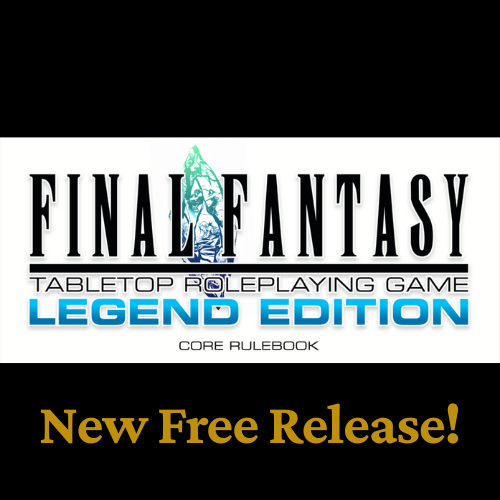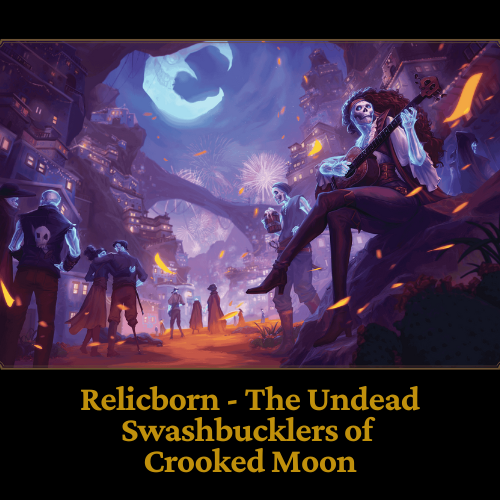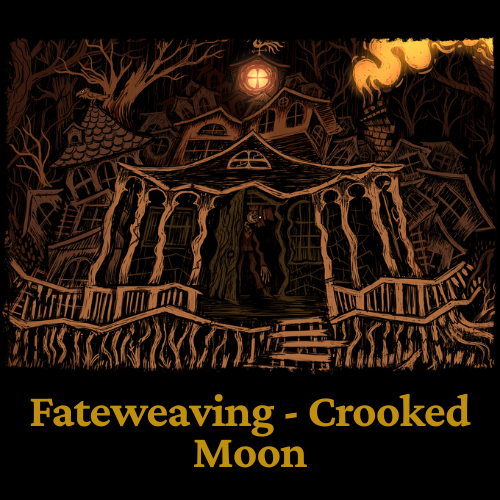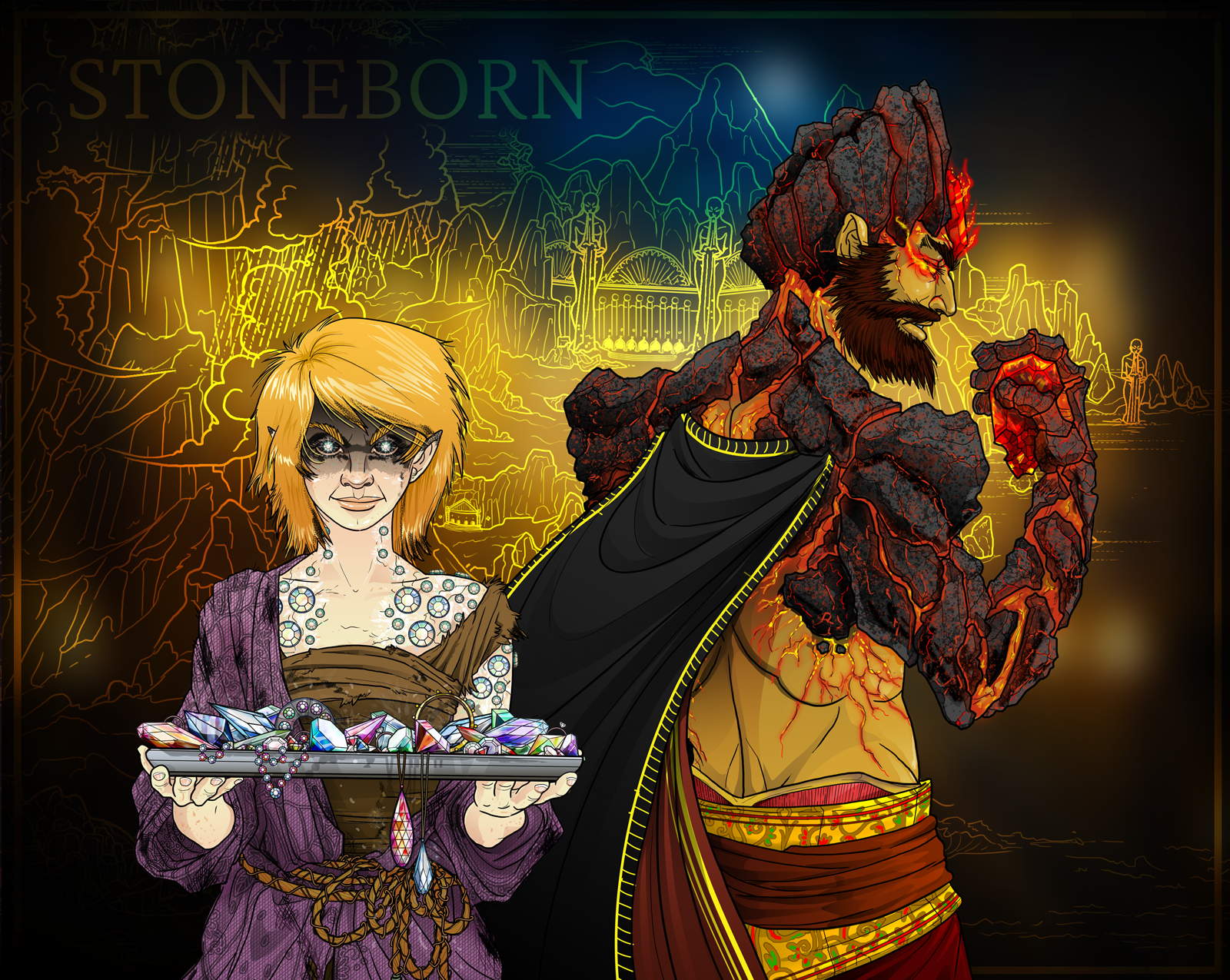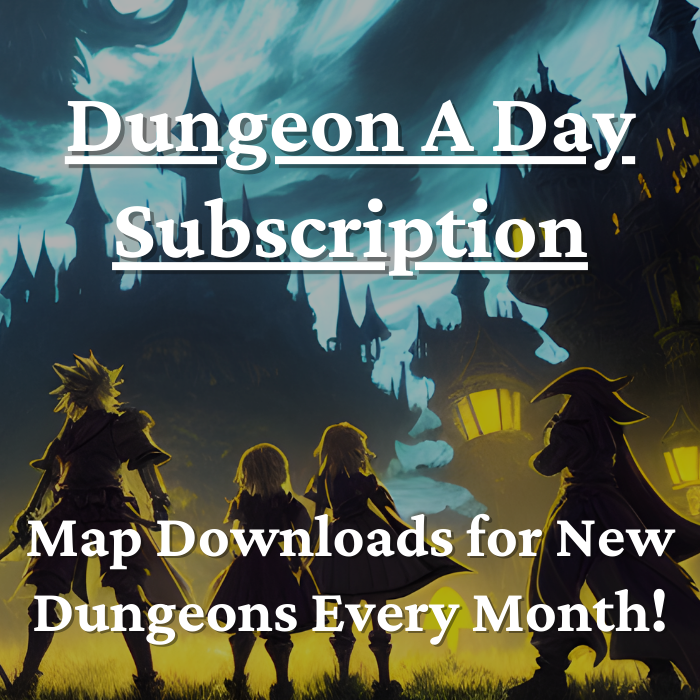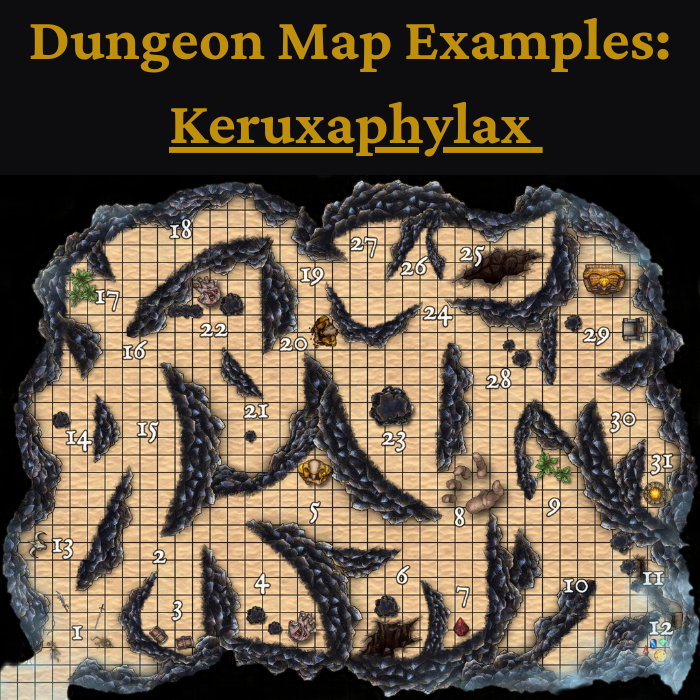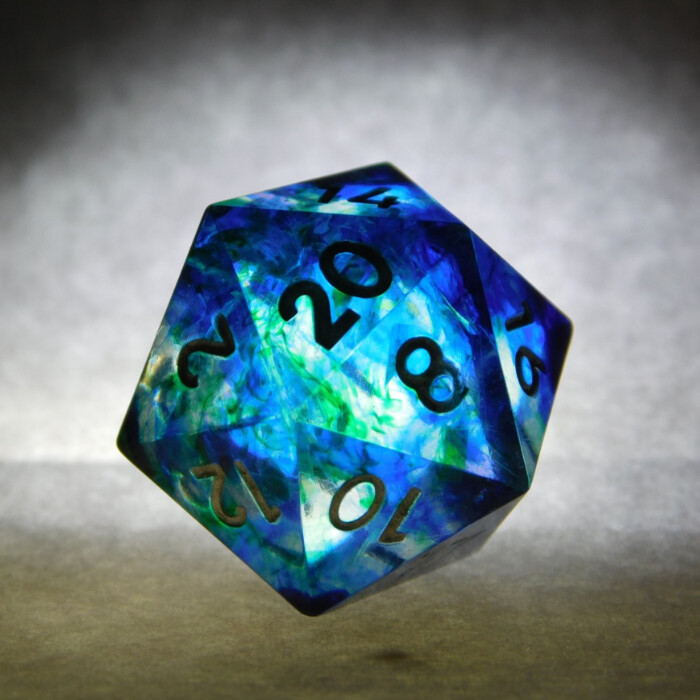Eternity TTRPG Fallen Paladin
In Eternity TTRPG, the fallen paladin is known as the “Destroyer of the Light.” It’s a class that believes in the right of the individual to pursue whatever ends they desire, and fights for the rights of those with power to dominate.
Whatever belief systems, virtues, and aims held by a holy paladin – the fallen paladin/ dark paladin seeks the opposite. The desire of the fallen paladin also isn’t truly relevant, morally. Value is placed on the desire, itself, over the consequences of seeking or obtaining that desire. Not that all fallen paladins are evil. They simply view “the light” and the subservience to others that it requires as meaningless in a world that favors power and those who take it for themselves.
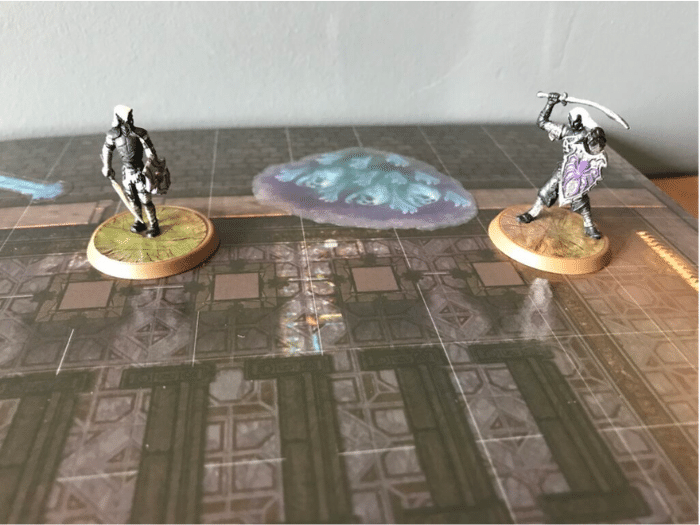
Fallen Paladins in Combat
Fallen paladins in Eternity TTRPG combat fulfill the roles of damage dealer, defender, and healer. Their unique mix of spells and abilities allows them to take on multiple roles.
Fallen Paladin as Damage Dealer
1. Blood Spiller
After you cast this spell on yourself, every time you attack an enemy, you have a chance to deal additional damage. You can only deal damage with this spell once per turn. This spell can be maintained.
Critical Options…
- Increases Blood Spiller hit chance.
- Also, gain a chance to deal damage with Blood Spiller every time an enemy attacks you. This critical also allows you to deal damage with Blood Spiller twice per turn.
- Whenever you deal damage with Blood Spiller you also heal yourself or an ally.
This spell functions well even if you have low hit chance. It’s a perfect complement to an all-out attack build, or a defensive one. Blood Spiller makes fallen paladins very dangerous enemies to fight. Choosing the defensive critical makes it dangerous for enemies to attack you, while choosing the healing critical increases your survivability during long fights.
2. Desecration
Targets up to three enemies in either weapon range (specific to the weapon you’re currently wielding), or spell range, at your choice. If this spell hits, you have a chance to deal damage on every one of each affected enemies’ turns. This spell can be maintained as an aura.
*Double-Hit: increases your chance to deal damage on each enemy’s turn.
Critical Options…
- Increases Desecration hit chance.
- The next time you are attacked, you also cast Desecration again before the attack is made. If this critical hits, it also allows you to stack double chance to hit with Desecration on any affected target.
- Whenever you deal damage with Desecration, you also heal yourself or an ally.
The longer you anticipate a battle lasting, the more important this spell becomes. Desecration is one of the only damage over time spells or effects in Eternity TTRPG. Being able to stack the effect on enemies, with the second critical option is very useful for tanks. And having the additional chance for healing each turn is especially powerful if you’re facing multiple enemies, since Desecration targets all of them.
3. Oathbreaker
Weapon range or spell range, deals shadow damage (deals bonus damage to Light Aura Units). If this attack hits and the target isn’t healed by the end of their next turn, the target takes additional shadow damage.
*Double-Hit: deals additional shadow damage.
Critical Options…
- Increases Oathbreaker hit chance.
- Gives you additional Dodge if your attack hits.
- On each occasion that you deal damage with this ability, heal yourself or an ally.
This is the staple attack of the fallen paladin as it can do multiple damage. It’s also particularly potent because most characters/ classes in Eternity TTRPG do not have access to innate healing spells or abilities. Any of the critical options are viable for almost any fallen paladin build. The defender critical option gives the class’ only possible buff to Dodge, from any spell or ability. Meanwhile, the healer critical option has a much higher chance for healing than other fallen paladin spells do.
Fallen Paladin as Defender
4. Dark Hold
Weapon range (specific to the weapon you’re currently wielding) or spell range, Dazes the enemy.
*Double-Hit: increases the duration of Daze.
Critical Options…
- If this spell hits, the target also can’t defend or critical defend while affected by this spell. They also have either lowered Dodge or lowered Will, at your choice, for battle duration.
- Increases Dark Hold hit chance.
- The next time the target attacks anyone, before their attack, Instantly recast this spell on them. If the spell hits, it interrupts their attack.
This spell allows you to stun enemies at a distance, as opposed to requiring you to be right next to them. It’s a great utility spell for all fallen paladin builds. The first critical option is great for taking down a key target. The third option offers preventative protection against persistent attackers.
5. Nihilism
Targets up to three enemies in weapon range (specific to the weapon you’re currently wielding) or spell range, at your choice. If this spell hits, all affected targets have reduced hit chance against every target but you. This spell can be maintained as an aura.
*Double-Hit: further reduces enemy’s hit chance when attacking targets other than you.
Critical Options…
- Even if this spell misses, you also gain increased hit chance with all attacks against affected enemies.
- Increases hit chance with Nihilism, and increases the amount of reduced hit chance targets have against your allies.
- Even if this spell misses, you also become immune to the next attack made against you.
Nihilism is helpful if you want to protect allies. It’s also particularly useful if you have higher defensive stats than allies, as you’re encouraging enemies to attack you, instead of them. The first critical option makes the spell useful even if your character isn’t extremely defensive. The third option is also great despite which build your character is using, as you can always dispel Nihilism from enemy targets, so you don’t keep incentivizing them to attack you.
6. Shadow Aura (Faith of Darkness)
You automatically detect Light Aura units within 100 yards and you are immune to shadow damage. Every turn, you have a small chance of gaining immunity to all damage and negative effects for 1turn (negative effects are not dispelled, just suppressed for 1turn). This is a passive effect, always active, and cannot be dispelled.
Critical Options…
- You also gain increased hit chance against “Light Aura” units (Paladin, Sage, Witch Hunter).
- You also gain increased defensive stats when attacked by “Light Aura” units (Paladin, Sage, Witch Hunter).
- When you encounter a Light Aura unit (Paladin, Sage, Witch Hunter), instantly heal both yourself and an ally.
There are three variations of Shadow Aura in Eternity TTRPG, each with its own effect. The fallen paladin’s invulnerability aura is particularly useful. All three critical options make fighting light aura units substantially easier, but don’t have much effect outside of that.
7. Wicked Armor
After this spell has been cast, the target gains additional resistance to magic. This spell can be maintained.
Critical Options…
- If a target attacks you while you are affected by Wicked Armor, you gain increased hit chance against that target.
- Increases the amount of magic resistance.
- The target also becomes immune to the next attack made against them.
Fallen paladins are able to bless themselves and allies with a dark armor that resists magic, which is extremely valuable against spell casters. Each critical option is valuable in its own circumstance, though the only one that applies universally is the third critical option as it makes you invulnerable to the next attack, even if it isn’t magic.
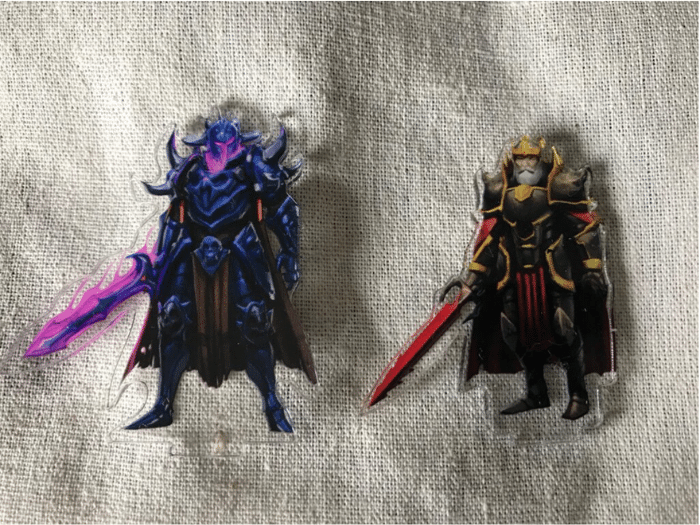
Fallen Paladin as Healer
8. Blight
After you cast this spell on yourself, on every one of your turns, you have a chance to both cause fear to nearby enemies, and to heal yourself and nearby allies. This spell can be maintained.
*Double-Hit: Fear an additional 2turns.
Critical Options…
- Also gives you a chance to deal damage to nearby enemies, each turn.
- Increases your chance to cause fear to nearby enemies.
- Increases your chance to heal yourself and nearby allies.
Blight is a great spell to maintain in almost every combat situation as it provides a lot of utility to the fight, additional options, and some degree of healing. The critical choices can all be maintained in a fight, as well, and really vary in what they offer. One of the big choices with this spell is whether or not it should be maintained in its critical form, at all, as keeping it up can be costly in resources.
9. Dread March
This ability can only be used when you drop to 0HP. Based on your physical hit chance plus your magic hit chance, instantly attempt to heal HP. For every time you have received healing today, you must roll higher to hit with this ability (can stack without limit).
*Double-Hit: heals additional HP.
Critical Options…
- If this spell hits, you also instantly attack the enemy who just dealt damage to you, with any non-critical attack or spell of your choice.
- If this spell hits, you are also immune to all attacks and negative effects until after your next turn.
- Increases the amount of healing you receive.
Spirits of shadow cannot allow their champions of darkness to die too easily, so infuse the fallen paladin with life, when summoned. Fallen paladins have many ways to gain temporary invulnerability, and Dread March is one of the best ways. Since it’s an instant action, the effect can be very surprising to enemies. Dread March is also a great way to deal a lot of damage, or restore a lot of hit points, quickly, and as a last resort. This effect can only be used very rarely.
10. Life Eater
When any target dies (or lies dead) within spell range, instantly heal either HP or Wisdom. This ability also allows you to heal above your normal max HP or your normal max Wisdom.
Critical Options…
- When this effect triggers, Instantly attack any enemy in Range with any non-critical attack or spell of your choice.
- When this effect triggers, you are immune to all attacks and negative effects until after your next turn.
- Increases the amount of healing you receive.
As the sword or staff of the fallen paladin becomes soaked in blood, they can absorb the soul of the fallen, restoring vitality, to continue fighting. The critical options for this ability all follow the same style as Dread March, above. This effect can only be used very rarely.
Fallen Paladin Skill and Knowledge
Fallen paladins have a bonus to the intimidate skill, and politics knowledge. Because an aura of shadows and domination continually hangs around them, they are innately intimidating. Even those with strong constitutions can’t help but be slightly unnerved around the sheer dark dominance of the fallen paladin.
Though study isn’t necessarily a common pastime of fallen paladins, members of the order know that to destroy organizations and nations, they must maintain an awareness of what’s happening in the world, politically. Fallen paladins make it their business to maintain abreast of political leaders, trends, and movements. Any of those categories could create an opportunity for darkness to thrive. People can be bought, ideas can be twisted, and carefully-crafted lies can be spread to achieve any means, just as well, or better than pure force.
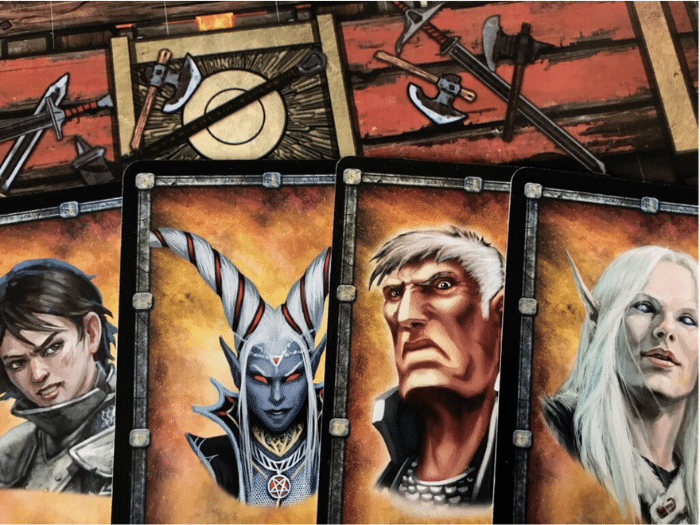
Try a Fallen Paladin in Eternity TTRPG
If you haven’t checked it out yet, Eternity TTRPG has our own tabletop roleplaying game. The Fallen Paladin is one of Jake’s (the site creator’s) favorite classes.
Eternity TTRPG is a group GM game where everyone at the table gets to help create the gaming world, and roleplay their own character. The game also features highly tactical combat where every class and character brings their own special abilities and spells.
Famous Fallen Paladin Lore
Lord Achilles Obsidian was the first dark elf fallen paladin to ever obtain an eternal soul, which allowed him to become an Eternal – an undying demi-god, in the world of Aeturnum. His journey was forced upon him when his mansion was abruptly destroyed by a berserk chimaera. Along with a holy paladin of little renown, named Cadmar, and a druid werewolf named Hong, Achilles was able to slay the beast, as vengeance for the town. Unlikely as the three were, together, their initial interactions together led to a great adventure.
Achilles quickly gained notoriety among fallen paladins. Whereas he had formerly been content ruling his small piece of the world, in Eboncrest, the destruction of his mansion set him upon a quest that allowed others to finally see the tremendous powers he’d kept hidden. After gaining renown as an adventurer, he established the black knights – an organization of primarily fallen paladins. He was challenged by Razian for leadership of the knights, a young prodigy of darkness. Many were amazed to see Achilles emerge from the duel, barely alive. Information came to the knights that the young challenger had received a blessing of shadows from an ancient lich, and so had drastically increased command of fallen paladin spells.
It was this initial attack from the mysterious lich that caused Achilles to redirect the purpose of the black knights towards the being’s destruction. Over many years, Achilles’ fame grew, a new home -Castle Dreadnaught – was built, the black knights flourished, and more information on the lich was obtained. “Vain” was the lich’s name, and he sought an eternal soul, so as to ascend and become an Eternal.
Achilles waged war on Vain and his legions. In Gwynn, the capital city of the holy lands of Morgana, the two faced each other in battle, where a fabled eternal soul had made an appearance. Due to the magnitude of the war and its effects on all mortals, even Cadmar, the holy paladin – now himself, vastly renowned – and Hong, the druid, temporarily joined the ranks of black knights.
Ultimately, Vain was victories over Achilles, who was nearly killed upon the field of battle by the great lich. It was only due to the heroic efforts of Cadmar that Achilles’ life was spared, though the intervention cost Cadmar his life. In that split second while Vain was distracted at Cadmar’s death, Achilles grabbed the eternal soul and became an Eternal. In his ascension, he used his newfound power to lay waste to Vain and his legions. The last that anyone has seen of Lord Achilles Obsidian since that day was him kneeling before the tomb of Cadmar, paying his respects to the paladin that had saved his “fallen” brother.
Dice, Dungeons, Games & More - Eternity TTRPG
Share This Article

Author - Jacob Tegtman
Dear reader, I hope you enjoyed this article. Tabletop gaming has been a passion of mine since I was 6 years old. I've played just about every game from Dungeons and Dragons to video games like Final Fantasy. These games have inspired me, made me laugh, made me cry, and brought me endless hours of enjoyment.
I started Eternity TTRPG - and the indie tabletop game that goes along with it (Eternity Shop) - to share my love of gaming with others. I believe that in our technology-driven age, tabletop games help bring a sense of magic and community back into our world.
If you love the site, please share it with others! I have lots of gaming-related material for you to peruse and use in your own gaming sessions. If you have any questions about the site or want to contribute, just send me a message using the "Contact" page, which you can find in the site's footer.
